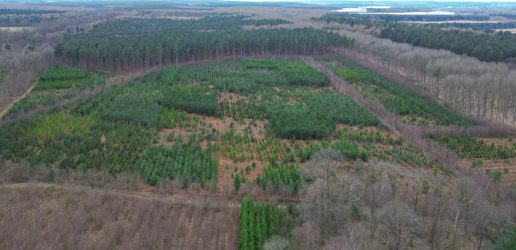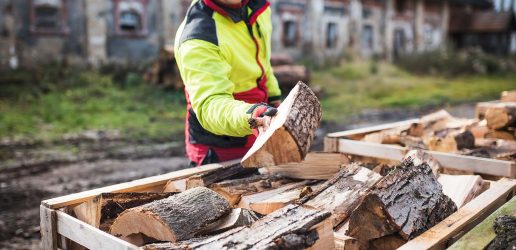A new national monitoring project aims to help prevent the potential spread of a serious pest affecting spruce trees – the larger eight-toothed European spruce bark beetle (Ips typographus).
The project is offered via Forest Lab and is run by Sylva Foundation, Forest Research and Forestry Commission.
Volunteers are wanted from England, Wales and Scotland who have spruce growing in woodland that they own or manage, and who are willing to host and collect samples by installing a spruce bark beetle trap.
By taking part in the project, volunteers will become part of an early-warning system and help action to limit the impacts of this pest. They will also be contributing crucial data to science that will help researchers to better understand the biology of Ips typographus and help shape policy and guidance for the sector.
Another benefit of taking part is that if this pest is discovered breeding in a volunteer’s woodland, prompt action can be taken to limit damage. Whether the pest is found in their woodland or not, volunteers will gain insights into management actions which may reduce the vulnerability of their woodland.
Read our case studies
Find out more from volunteers Tim Read and Andy Stott who share their experiences of joining the project.
Download Tim Read’s case study [PDF, 3.32 MB]
Download Andy Stott’s case study [PDF, 3.99 MB]
Recent News
View All news
Seventeen coniferous tree species show early promise for future commercial timber production in the UK
Researchers have set up a network of nine large scale experiments across the UK to test the suitability of 17 tree species as potential alternatives for future commercial timber production.
Forest Research are looking for people involved in the harvesting, processing, transport, import, or trade of firewood in Scotland to complete an important survey.

New guide to help local authorities conduct a people survey on the social value of their treescapes
A new step-by-step guide to help local authorities, charities and civic societies carry out a people survey to understand social and cultural values related to trees in their area, is now available.

Seventeen coniferous tree species show early promise for future commercial timber production in the UK
Researchers have set up a network of nine large scale experiments across the UK to test the suitability of 17 tree species as potential alternatives for future commercial timber production.
Forest Research are looking for people involved in the harvesting, processing, transport, import, or trade of firewood in Scotland to complete an important survey.

New guide to help local authorities conduct a people survey on the social value of their treescapes
A new step-by-step guide to help local authorities, charities and civic societies carry out a people survey to understand social and cultural values related to trees in their area, is now available.

